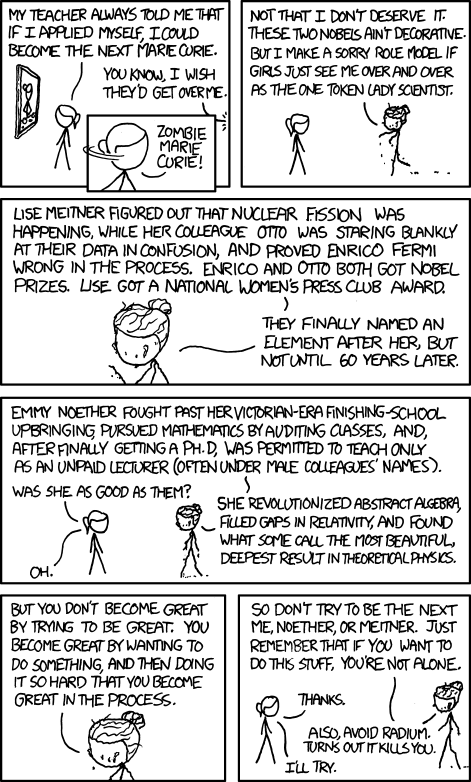- When I say something will definitely be on the test - it will. I said there would be a projectile-launched-at-an-angle question on the exam and even what I'd ask for it. People should have practiced that one so it went smooth as silk.
- Listen closely in class when I outline what information will be available to you. For instance, if you got slowed down by the formulas I provided, remember that I told you exactly what you would get. Let that guide your studying, not other resources will not be available if you don't remember them exactly.
- For all exams - look for patterns. Often a problem that seems new and unique, isn't. It's another problem you did just from a different point of view. The airplane dropping a box problem is basically your ball rolling off the table problems, kicking a rock off a cliff problem, etc. They work the same way and the same assumptions/implicit knowledge applies.
- Since we go over homework before you turn it in, use that help as a check for when you need extra help. Waiting until the last minute can leave you with too many questions and not enough time to process any answers. Also, I cannot always be available at a moment's notice to stay after school. Count on asking me one day to stay the next or to see you the following morning. If I can stay that afternoon, I'll let you know, but if you budget your time wisely, you can get the help you need and not be frustrated because I have to take the dogs to the vet and can't stay after school when you want/need me
Monday begins our study of forces. F Block will conduct a lab investigation on forces and equilibrium and the rest of you lot will dive into the nature of forces, free-body diagrams and may get a taste of Newton's first law of motion. Have a good weekend!




















